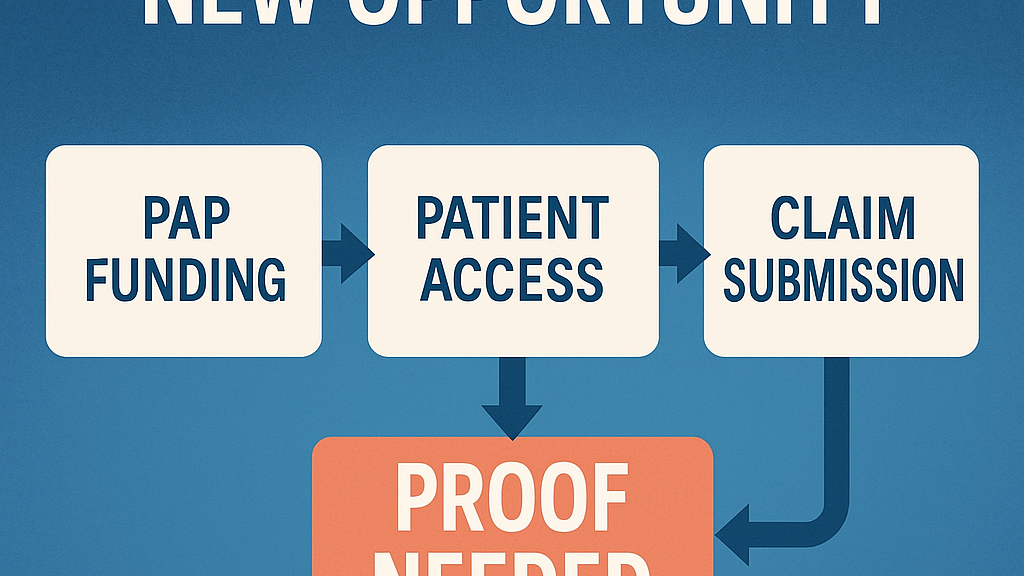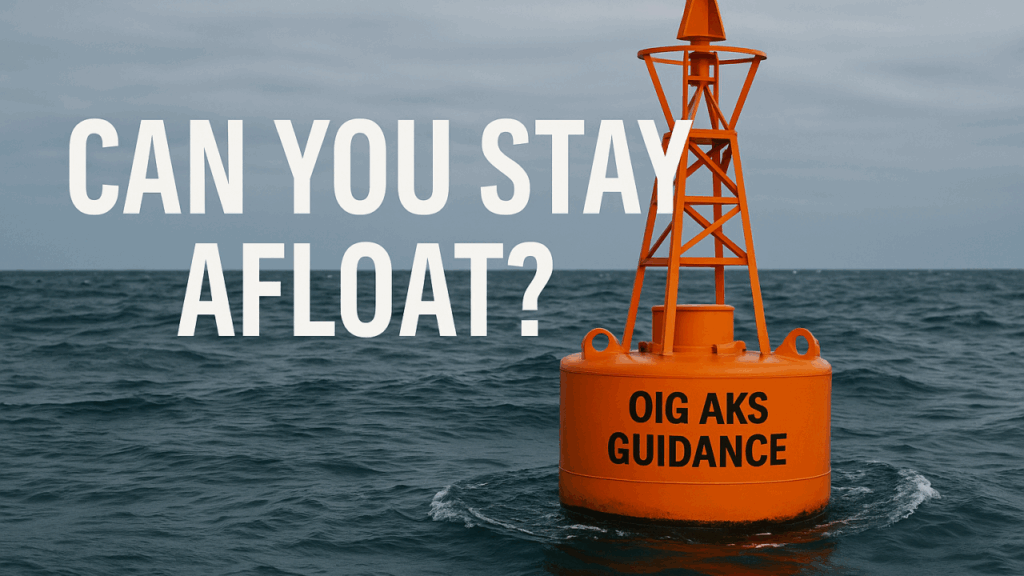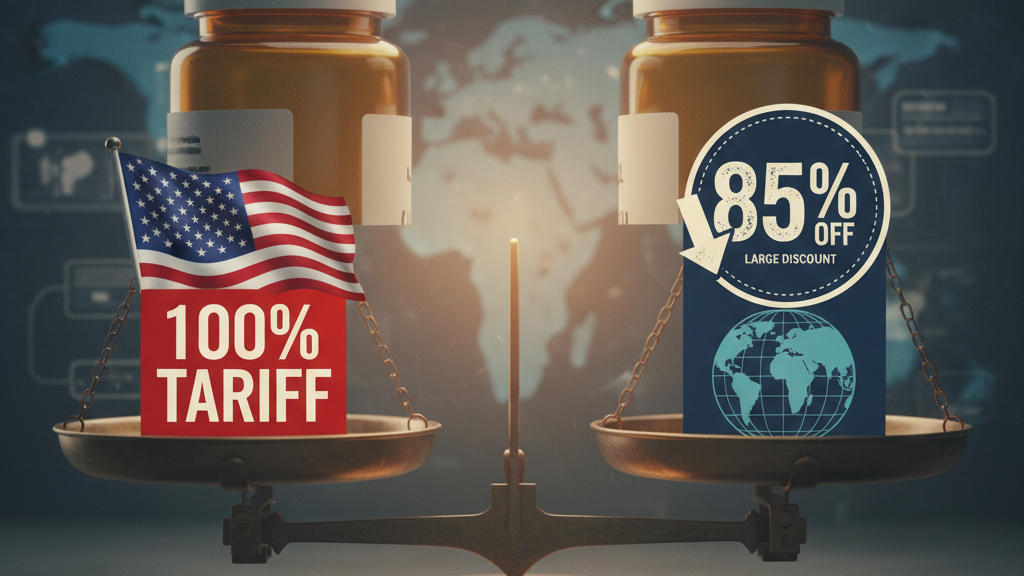For two decades, OIG guidance has warned that manufacturer-run Patient Assistance Programs are high-risk under the Anti-Kickback Statute. Directly covering Medicare co-pays for your own drug? Red flag. Funding a “charity” that only helps patients on your product? Still risky.
The 2005 OIG Special Advisory Bulletin outlined safe harbors—donate only to truly independent charities, keep disease categories broad, avoid product-specific targeting, and never influence eligibility. Most companies followed the letter of that advice, even if it meant scaling back patient support.
Then came February 2025. In United States v. Regeneron, the First Circuit confronted DOJ’s claim that $60M in manufacturer donations to a co-pay foundation made every related Medicare claim a False Claims Act violation. The government’s theory: Any claim involving a patient who got PAP help “resulted from” an AKS violation.
The court’s answer: Not so fast. It ruled that “resulting from” means but-for causation. To win under the FCA, the government must prove the alleged kickback actually caused the claim. So, if the prescription would have happened anyway, there’s no FCA liability.
Why it matters:
- Enforcement shift: The burden of proof is now higher. No automatic FCA liability without causation.
- Strategic opening: Marketing and compliance can design PAPs with more confidence that helping patients won’t automatically lead to FCA suits.
- Risk remains: The AKS still applies. A program can be illegal under AKS even if it doesn’t trigger FCA liability.
Compliance warning: Don’t mistake this as carte blanche. OIG hasn’t softened its position. If your PAP is effectively a conduit for product steering, you’re still exposed to criminal and civil AKS risk.
Opportunity for marketing executives: This is the green light to revisit your patient access strategy. A well-structured, independent program can deliver real patient value, differentiate your brand, and still survive government scrutiny under the new FCA causation standard.
Next steps:
- Audit existing PAP structures for both AKS compliance and causation defensibility.
- Partner compliance with marketing early in program design.
- Document the independence, neutrality, and patient-need basis for all assistance decisions.
This is one of those rare compliance developments that doesn’t just tell you what not to do—it tells you how to do more, better. The first movers will own this space.
For tailored strategies that align your PAPs with both OIG guidance and the new FCA causation standard, reach out to the Kulkarni Law Firm, P.C. .



